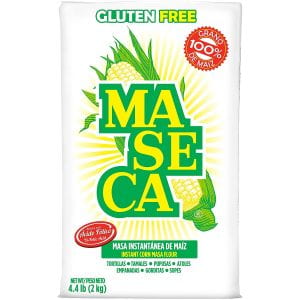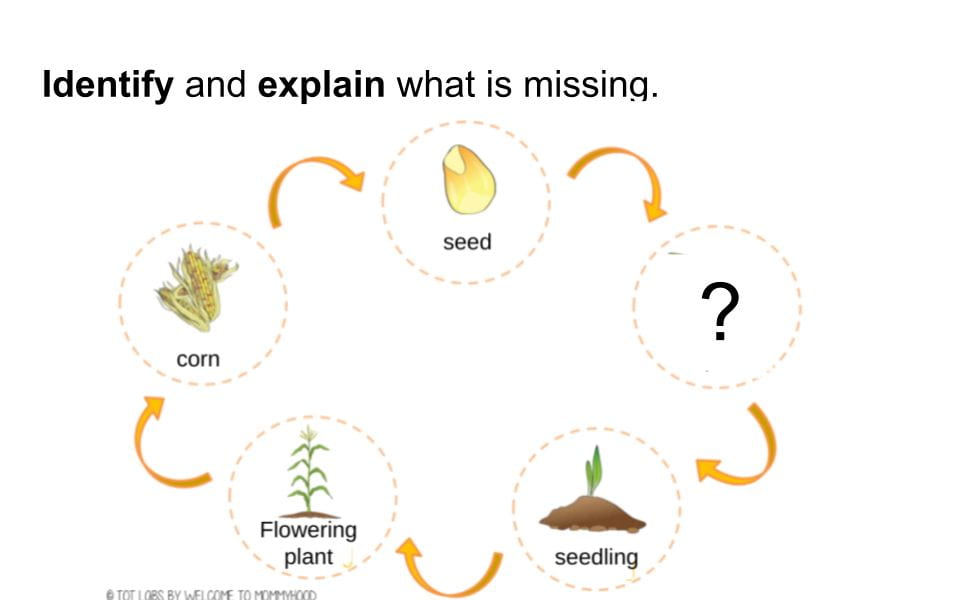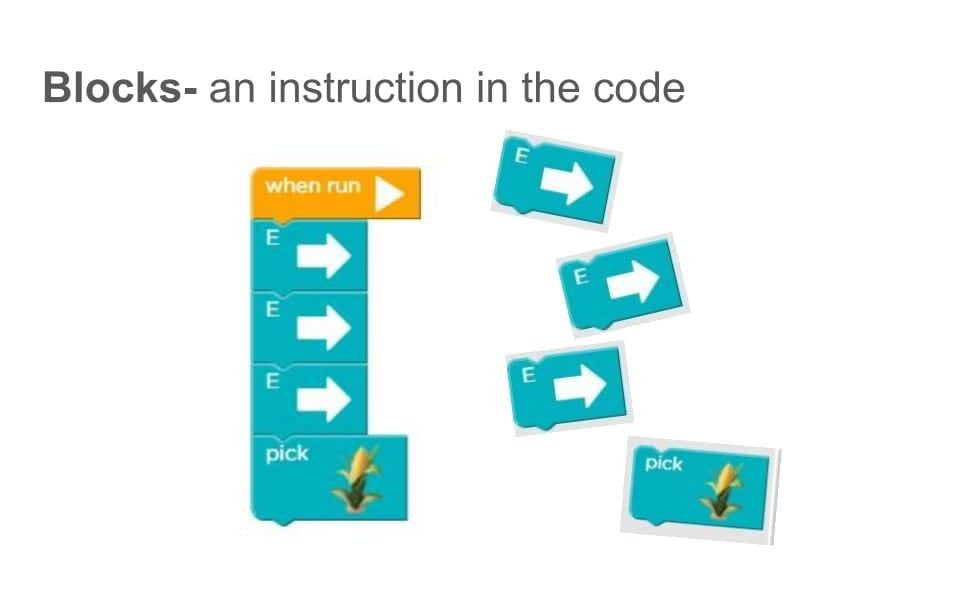My current lane is secondary ESL, however my first experience in preK-12 was in the primary grades. My National Board Certification is in English as a New Language (ages 3-12) and I spent 9 years teaching primary with a focus on sweet ESL students ages 4-5. To renew my original certification, I crafted a coding lesson for a group of “borrowed” students at the local primary school. Here are the slides that I created to support my lesson. Feel free to use them!
When I observed prior to teaching the guest lesson, I saw that the students were reviewing life cycles—YES! There’s an opportunity for sequencing! Perfect. What subject matter? Animals? Plants?
Corn! A big lump with knobs, it’s got the juice! No–that viral Tiktok video came out a year later. I had a better hook.
I pulled the kids into the lesson with a big bag of Maseca, which has a picture of corn on the front. Maseca is corn flour, primarily used by my hispanic families to make tortillas. In fact, they will often call corn flour by it’s company name, just as in English a person will say, do you have a Kleenex meaning facial tissue, they will say I bought Maseca, meaning, corn flour.

I then taught the life cycle of corn with beautiful images by Mommyhood Montessori Learning, purchase yours from her store on teacherspayteachers here.
In this lesson, I focused on the skill of debugging, that is, problem solving. For English language support, I taught the students to first identify what was missing and then, explain where it belongs. These students were Level 2 students and needed opportunities to extend their discourse. Explaining is one of WIDA’s Key Language Uses, it’s a prominent use of language across the curriculum as we see here in the Language of Science Standard and also, I’d add, the language of computer science.
Each student identified what was missing then we explained in chorus, “______ is missing! It is not where it belongs. It belongs after the ______.” See one of the five images on missing stages below.

After the students practiced verbally identifying and explaining, we moved into the coding portion of the lesson. At what stage does the Harvester pick the corn? When it is ripe. I took them to Code.org’s free PreReader Express curriculum and introduced them to Lesson 5: “Programming the Harvester,” the students would program the harvester to pick the ripe corn.
Now these primary EL students had practice problem solving, they simply needed some simple, explicit vocabulary instruction before we watched the tutorial. We learned code, blocks, and attach.



Next, Code.org’s tutorial on the Harvester:
Result? The students were more than prepared! Using the same language that we used with the life cycle activity, when they encountered a bug (CS for an error), they identified what block was missing, explained that it was not where it belonged, and solved the problem, “It belongs after the ____ (in the code!).”
The students identified and explained in two contexts–the life cycle activity and coding. The coding reinforced the WIDA Key Language Use, explaining. Students learned the Language of Science and had an introduction on how to code!
Upon reflection, my one piece of advice would be to split this into two 30 minute lessons. I fit it all into one, and we would have loved more time to code! If you’re a primary ESL teacher, try this lesson out, and let me know how it goes!